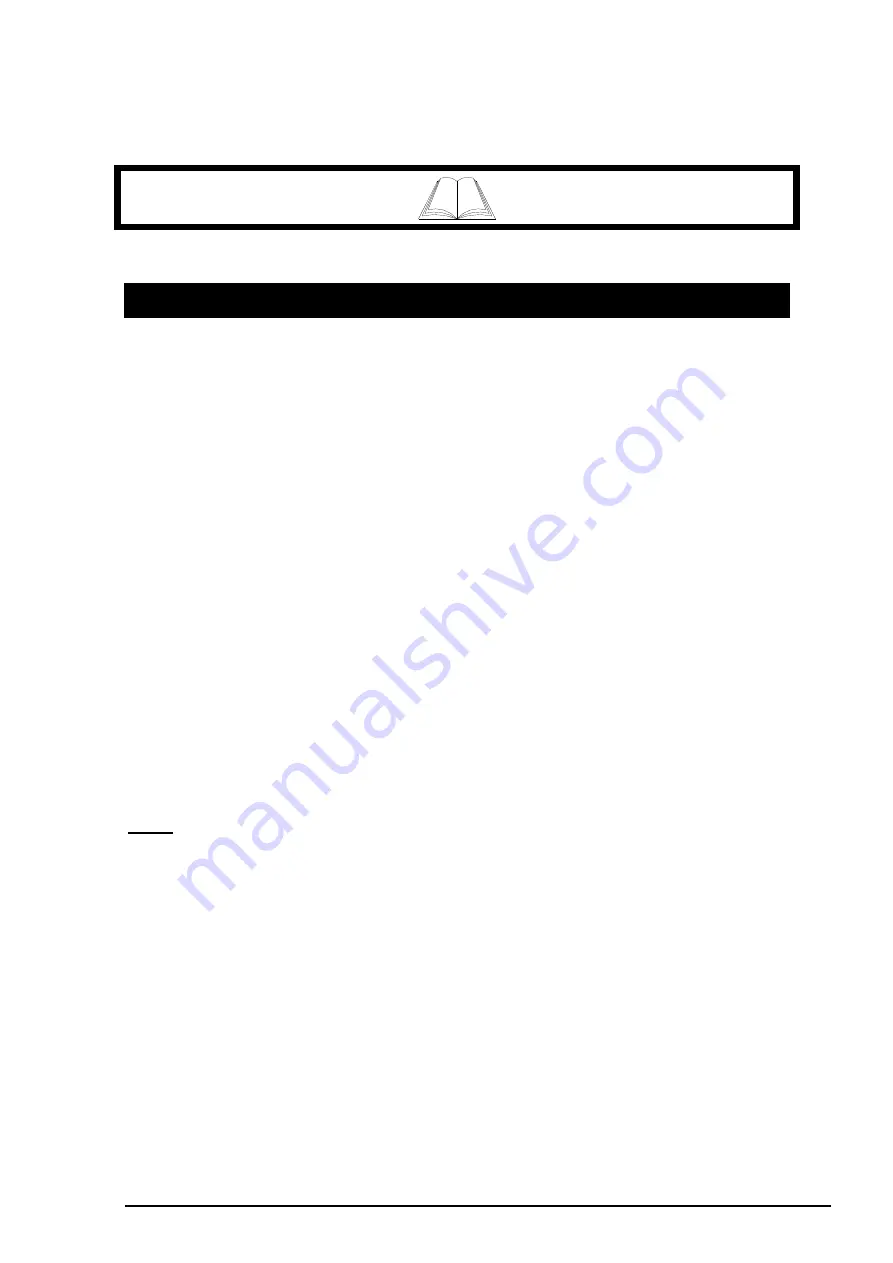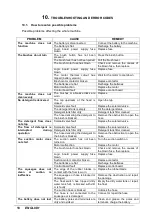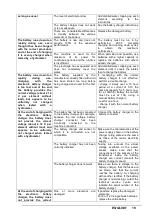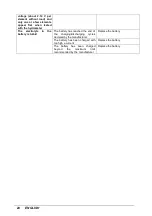
ENGLISH
5
4.
SAFETY INFORMATION
4.1.
Safety regulations
Read the "User manual" carefully before start-up and use, or before performing
maintenance or any other work on the machine.
IMPORTANT
Rigorously respect all instructions in the Manual (in particular those relating to
danger and important information) and on the safety plates fitted to the machine.
The Manufacturer declines all liability for damage to people or things resulting from
failure to observe the instructions.
The appliance must be used exclusively by persons trained in its use and/or who have
demonstrated their ability and have been expressly instructed to use the appliance.
The machine must not be used by minors.
The machine must not be used for purposes other than those for which it was expressly
designed. Scrupulously respect all safety standards and conditions applicable to the type
of building in which the machine is to be operated (eg: pharmaceutical companies,
hospitals, chemicals, etc).
Do not use the machine in places with inadequate lighting or explosive atmospheres, on
public roads, in the presence of dirt hazardous to health (dust, gas, etc) and in unsuitable
environments.
The machine is designed for temperatures of b4°C and +35°C when in use and
b0°C and +50°C when not in use.
The machine is designed to work in a humidity of between 30% and 95%.
Never use or pick up flammable liquids or explosives (e.g. petrol, fuel oil, etc), flammable
gases, dry dusts, acids and solvents (e.g. paint solvents, acetone etc) even if diluted.
Never pick up flaming or incandescent objects.
Never use the machine on slopes or ramps of more than 2%. In the case of slight slopes,
do not use the machine transversally, always manoeuvre with care and do not reverse.
When transporting the machine on steeper ramps or slopes, take the utmost care to avoid
tipping up and/or uncontrolled acceleration. Move the machine on ramps and/or steps
only with the brush head and squeegee raised.
Never park the machine on a slope.
The machine must never be left unattended with the motor or engine on. Before leaving it,
turn the motor or engine off, make sure it cannot move accidentally.
Always pay attention to other people, children in particular, present in the place where you
are working.
Never use the machine to transport people or things or to tow things. Do not tow the
machine.
Never rest objects of any weight on the machine for any reason.
Never obstruct ventilation and heat dispersion slits.
Never remove, modify or circumvent safety devices.
Numerous unpleasant experiences have shown that a wide range of personal objects
may cause serious accidents. Before beginning work, remove jewellery, watches, ties,
etc.
The operator must always use personal protection devices: protective apron or overalls,
non-slip waterproof shoes, rubber gloves, protective goggles and ear protectors and mask
to protect the respiratory tract.
Keep the hands away from moving parts.
Never use detergents other than those specified. Follow the instructions on the relative
safety sheet. We recommend keeping detergents out of reach of children. In the event of
Summary of Contents for G25B
Page 1: ...ENGLISH ...






































